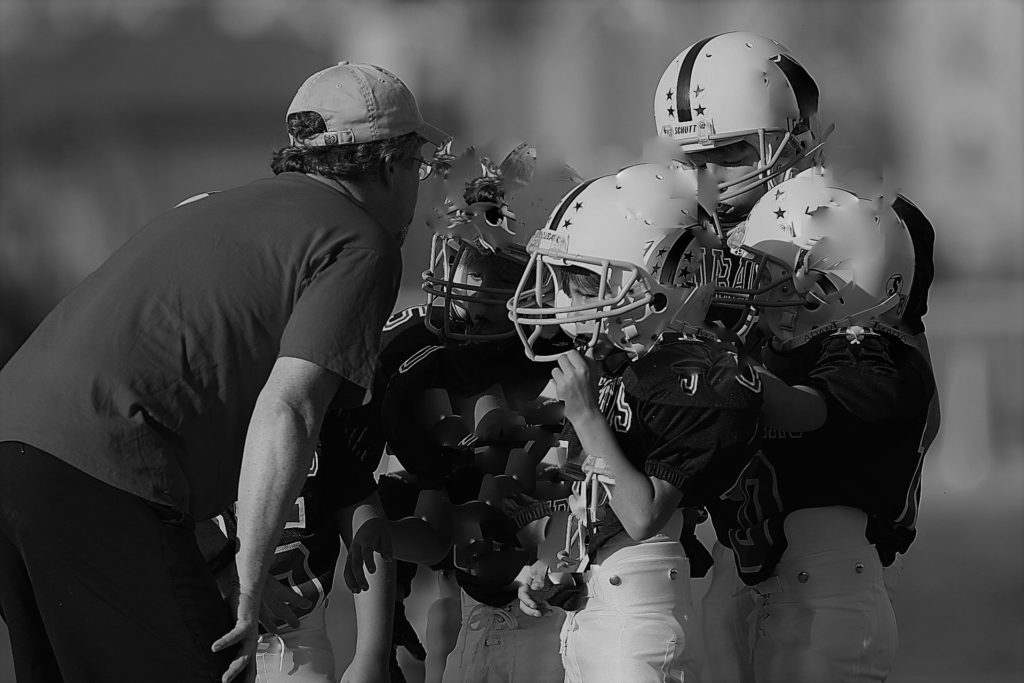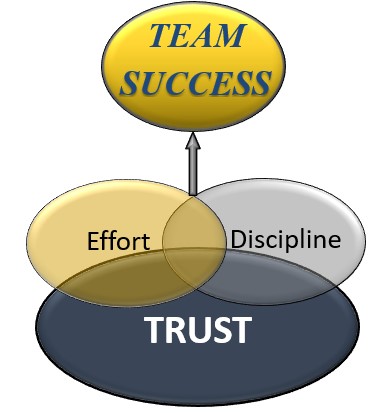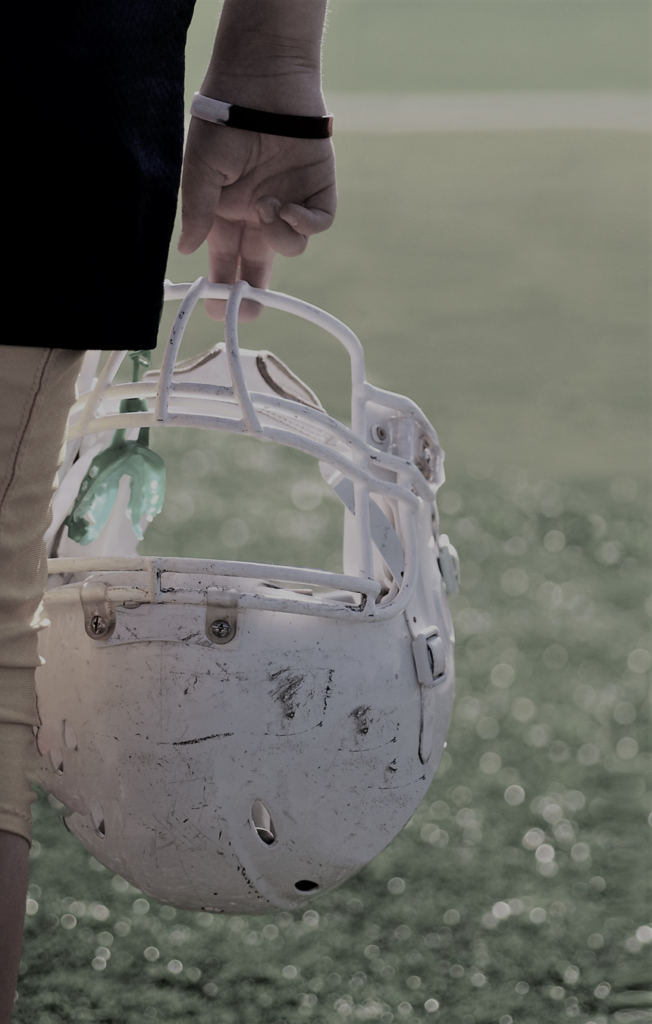Holliston is small Middlesex County, Ma, suburb located the about 30 miles south west of Boston. It is a quintessential New England small town, with Colonel Asa Whiting’s house built in 1812, its picturesque downtown, white steeple church, the Charles River, and more. According to the 2005 Historic American Building Survey, Holliston was once the largest producer of shoes in the United States.
The website triposo.com’s Travel guide states “Holliston, then part of Sherborn, was first settled by Europeans in 1659 by Massachusetts Bay Puritans. The town of Holliston was incorporated on December 3, 1724, by virtue of approval by the General Court petition requesting that “the western part of Sherborn be a Town.” The name was taken in honor of Thomas Hollis of London, a benefactor of Harvard College. The first town meeting was held at the house of Timothy Leland on December 23, 1724, “at which five selectmen and all other required officers were chosen.” The town has grown from a community of a few hundred residents setting aside ten pounds per year for public education to a community of over 13,000 with an annual budget of over $40 million including more than $23 million for a nationally recognized school system (30).”

With a high school enrollment of roughly 850 students, this small New England town has become a regular on the Massachusetts State Top 25 football rankings, at times earning a spot in the top 5. The Panthers played in the 2009, 2010, 2014, and 2015 Massachusetts Division III or IV high school Super Bowls, winning in ’10, and then back to back championships in ’14, and ’15.
How does a small High School Football program that had not played in the State Championship game since 1991, or won a state title in football since 1985, climb back to prominence and become a consistent top 25 team?
One of the keys may have been the development of a solid foundation in the form of a very strong youth program. Per the January 20th, 2011 Holliston Patch article titled Future Super Bowl Winners Enjoyed Early Success, “eight members of this year’s Holliston High football team played on the New England Pop Warner champions in 2006 (22).”
Solid Foundation
“For years, soccer was king in this town. Football was an afterthought” expresses former Holliston Youth Football Association President Tony Bellomo. “All of the good athletes in Holliston were playing soccer. We were getting the guys that weren’t playing soccer.”
Tony Bellomo got involved with the Pop Warner program in 1997 as his oldest son was entering the program. Bellomo had always loved football. He played both high school and pop warner. He then ran the 400 meters as a member of the Northeastern University track team throughout college. Competition was in his blood and he would soon bring that drive to the Holliston Youth Football program.
Bellomo immediately recognized some of the key shortfalls of program “there was equipment all over the place. We were operating off a shoes string budget” recalls the coach. First, they had to put fund raising programs into place. Next, they had to get the best athletes in the town to join the football program rather than going out for soccer. Third, they had to defeat any negative perceptions about the program and create a strong fundamentally sound, positive environment through “positive” word of mouth.

By chance, Bellomo had the opportunity to attend a work funded seminar by Built to Last author Jim Collins. The message and principals Collin’s taught in this seminar had a profound impact on Bellomo’s approach to not only work, but also the way he approached coaching and organizational leadership.
Working tirelessly to put funding raising into place, Bellomo was recognized for his efforts and was asked to be President of the Holliston Pop Warner Organization. Once in this leadership role, utilizing the BHAG (Big Hairy Audacious Goal) principal learned from Collins, Bellomo’s goal was to put a team together to create a structure upon which Holliston football would be the best sports program in the town. Bellomo envisioned football, particularly Pop Warner, being the sports program that everybody else model theirs after.
According to Bellomo “we felt we needed to treat everybody right, as parents would be the best word of mouth. To ensure professionalism and minimize any conflicts of interest we wanted trained coaches, not dads rolling out of work to coach their sons.”
Bellomo continues “we were being very frank with coaches. We would let them know where we saw conflicts of interest. We would run surveys for parents in our programs to ensure their children were having positive experiences in the program. We would run coaches training clinics. This wasn’t about X’s and O’s, this was about building excitement and creating a positive culture.”
The stated goal of the program according to Bellomo; “to get the kids to come back year after year. We tracked retention rates. If you want to know how well you are doing as a youth program, look at who is coming back year after year. Look at who is eligible to come back and who actually comes back: we averaged 90% retention.”
Setting Expectations
The following were the documented expectations Bellomo and the POP Warner Organization put into place:
- “Coach in an age appropriate manner. Talking to a 7-year old is different from talking to a 16-year old.
- Coach every kid on the roster. Need to recognize that kids physical, emotional, and mental development occurs at different rates.
- MPR: Minimum Plays Required. A person independent of the coaching staff tracks this to ensure everybody is getting appropriate playing time. A roster of 22 has 10 play minimum per athlete. Some kids had been labeled MPR player. We got rid of this label as we felt it could be detrimental to kid’s development. No kid or parent wants to have kid labeled as MPR. This could happen, we just did not let it happen.
- Keep it simple. Explain. Needed to understand the attention span of kids in different age groups. The kids are in school all day, then after school they have practice. Kids that age learn sports best by doing, not by white board teaching. We believe in teaching through questions. For example, if we line up like that what is that called? If we get this what is this called?”
Bellomo expresses “we started every year with the same basic information and foundational teachings. Start with something as basic and simple as a fundamentally sound 3-point stance. We had to be sticklers on the basics. We tried to put ourselves in the kid’s shoes. We looked at it the perspective of the things we felt we would struggle with at that age. We were concerned that kids that age probably would not tell somebody, for fear of embarrassment, if they weren’t getting it.”
We did something called “Alignment Assignment.” Go right down the line and make sure everybody remembers their alignment and their assignment. If hesitant of either we would work more on that particular play to ensure the players understood it. How many coaches don’t realize the kids don’t get it with just lecture after lecture. One of the problems that can occur is the kids may never have told them they didn’t get it. One important question to ask the coaching staff: How do you know they got it?” continues Bellomo.
Cohesiveness and How You Treat People
To build cohesiveness Bellomo says “we all practice the same nights on the same field. The younger kids look up to the older kids. There is a oneness that the kids feel like they are a part of something bigger than themselves and their team. They feel like a part of something big. There is a lot of pride associated with that.”

“How were they treated? This was one of the most important questions circulating throughout the organization. How were the kids treated? How were the parents treated?” Bellomo expresses “your parents will tell 6 other parents not to do it if the experience was negative. The opposite will occur if the experience was positive.”
“We have an EMT at every practice. We pay that person to be at every practice. Our goal was to take the injury away from the coaches and put it in the hands of the EMT professional right away. Parents soon realized this organization and group of coaches has the kids’ best interest in mind. This was one of the ways we built trust with the parents” reveals Bellomo.
“Trust is absolutely critical for the parents. We feel coaches must have a good rapport with parents. I had an incredible honor a couple of weeks ago. Holliston high gave out their state championship rings at Gillette Stadium and they gave me one. When I went up to get my ring, the head coach said we would not have gotten here if not for him. That was an incredibly humbling experience. Got a standing ovation. At that moment, I really felt like I had their trust. They wanted me to get this honor. I never did it for that. Did it to help the kids be the best they could be as both football players and members of our community.”
“I knew all those kids since they were 7 years old and up. The parents trusted me to make the right decision at the right time. Sometimes they may not have agreed, but everybody did understand our decisions were always about what was best for the team.”
“We stress a team first environment. Take for example an individual athlete doing a touchdown dance after scoring. We stress to our kids that offenses score touchdowns and defenses stop them, not individuals. We might talk about the block or blocks made that allowed the play to open up. When a coach talks about the quarterback rather than the team, put him out there alone next time and see how he does. It is about what I do, not about what I say. If I say everybody is important, it takes 11 guys on offense and 11 guys defense. This, you can control that at the youth level” says Bellomo.
Getting Kids To Play Line at A Young Age
“Where did I like to spend a lot of my time as the head coach” expresses Bellomo. “I liked to hang out with the line. This sends a message to the rest of the team. I would work on the pulling drill and pass protection drill after telling these guys how important pass protection is.”

“I would usually spend about 50% of the time with line then other 50% with skill positions. I feel Dads must coach. There were 3 guys on my staff that did not have kids in the program. They coached their sons throughout, then chose to remain as coaches once their sons moved on to high school. Parents have told me they love the model of having coaches stick around even though their kids aren’t playing” shares Bellomo.
He continues “one of our top priorities was to demonstrate to fairness to everybody. It doesn’t matter who your parents are, everybody is on the same playing field. We kept it pure. The best kids will play where they can have success and help the team the most. We never played favorites. We don’t mandate to any team what offense or defense they will run. I always felt like culture was most important.”
“We wanted to have kids that enjoyed their football experience. It becomes a part of who they are. Our goal was to develop kids, teach them to be competitive on the field and in life. We felt this would be a reflection of the job we were doing as teachers and coaches.”
Much More Than X’s and O’s
Bellomo instilled in his coaching staff the importance of teaching kids how to win at a young age. Per Bellomo “you teach how to be a winner first, then add X’s and O’s later. If your X’s and O’s are different, and a kid doesn’t know how to be a winner and lacks the core values of how to be a winner, he may struggle both on the field and in life.”
“Communication was key for our coaches. You need to be an effective communicator. We believed in developing a mindset with kids so that this becomes their personal way of doing things. Vince Lombardi time. We have a session in which we go over these values. Mental toughness. Confidence. Commitment. Passion. Humility. Hard work. Compassion.”
“Mental toughness ties into self-confidence. It is a combination of things. There has to be a passion.” Bellomo recalls “as a young kid I got cut from baseball, but I kept trying. When someone makes a commitment to something, works hard at it, then combines that hard work with passion, it creates a toughness. If you want to be a good baseball player and you cannot hit, you keep practicing and trying. If you don’t have passion and fail, you may give up quickly. If you are passionate about something you will keep coming back.”

“Passion, hard work, and the development of mental toughness tie into youth sports in a huge way. You cannot give somebody self-esteem. It is something that can be earned. I cannot decide as a parent if I want a kid to have self-esteem. It comes from making a commitment to a goal, working hard toward that goal, and then achieving that goal. At the end, when you have earned the achievement, you develop self-esteem” reveals Bellomo.
Have you ever noticed that oftentimes the hardest working, most disciplined athletes are also the humblest? According to Bellomo “working toward that goal involves commitment. This commitment can be in the form of rigorous training, lonely hours, early mornings or late nights, and unwavering discipline. This builds then builds both humility and self-esteem.”
How is humility developed through athletics? Bellomo believes humility is gained through “perspective! Sports is about character building. Perspective is important in that. Kids need to keep things in perspective. Realizing who they are outside of their uniforms as well as who they think they are, are critical elements in developing humility. Things can be a significant accomplishment, buy don’t let it define you. Rather, think about what it took to get there, and let that define who you are.”
Sometimes you Just Need Someone To Believe In You
Bellomo shares the personal story “up until the age of 13, that was an inflection point in my life. I had a very tough football coach. As tough as he was, he pushed me to be better. Up until that point I was always okay with not pushing myself. I had accepted my spot in life. My Dad worked 3 jobs and never complained about a thing. My expectation of myself at that point was so low. I was petrified of the coach in the football program.”
“He talked about personal pride. I remember when we played Brookline. We had a small team. I started at tackle on offense and defense. After the game, he disbanded the team then pulled me up in front of the team and talked about work ethic and how hard I worked. Here I was 13 years old and coach pulled me up in front of everybody and talked about my work ethic. This made me reflect on the time when one teacher had my mother in tears when she told my mother that I may never be a bread winner” shares Bellomo.
Bellomo continues “I was there on the team in fear of failure. At that moment, being pulled in front of the team, and having the coach talk about my work ethic, was a major change in my life. Still to this day, I can tell you the exact spot, near the pile of rocks. Whenever I drive by that spot it inspires me. This shows the power of the words of coaches. The right words can stick with someone forever, while the wrong ones can do the same.”
“I go back to that moment and how it shaped who I am today. It also shaped the way that I coached. I always think back to when I was 13 and treat the kids that way. I love the movie the Wizard of Oz. Think about the scarecrow character. He is looking for a brain. As they are going through their journey, who is the guy coming up with all the ideas? The scarecrow. The character who is looking for a brain. He was always told he was not smart. Nobody had ever believed in him, and he didn’t believe in himself” shares Bellomo.
“We never let anybody leave the locker room in a bad mood. I once pulled a kid that nobody ever believed in aside. He was a Level C player. I took him aside and told him I believe in him and would work him to be best player on the field. He was a very intelligent player. He knew everything going on in the film. As a high school senior, the kid was this close to becoming a captain on the varsity team. That kid was an MPR kid, He started defensive tackle on one of the best defenses in the state.”
“All of this ties into expectations. It all comes from an expectation you have of yourself. Through coaching and leadership, if you can get people to hold themselves to higher standard, who knows what can happen. When somebody believes in you, this instills a confidence in yourself and belief that you can do things you otherwise may not have been able to do. As coaches and teachers, we are teaching athletes to expect more of themselves” reveals Bellomo.
Based on all his years of learning and teaching leadership, Tony put together a simple Leadership Matrix (below).

Pipeline To High School
Bellomo stresses the importance of having a positive relationship with the high school coaching staff. He recalls “back in 2004 we were looking for an offense in Pop Warner that we could install with whatever personnel we had. We had to consider an offense that could work with whoever we had. We learned and ran the WAR offense at the youth level. Then high school coach adopted it. The High school seniors that just won the most recent championship had been running this offense since they were 7. The high school coach and his O- coordinator went to the same Tony Franklin coaching clinic as we did and learned the spread offense.”
Per Bellomo there was a “coincidental benefit of running similar offenses with regards to the X’s and O’s” but he is a much firmer believer in the development of a positive culture. “We practice winning every day. We practice doing things right. We are disciplined in everything starting from pre-practice stretching, to focusing on not making mistakes during simple drills. Winning must be a habit. That habit starts day one. From showing up on time, to how we line up, to how we act off the field, it is all about holding yourself accountable and doing things right all the time. If you are not disciplined and sloppy during practice, do not expect to be successful in games.”
In coaching, leadership, and teaching, the road to success can often be paved with yellow bricks. Sometimes the spark of simply believing in someone can lead them to find their way and accomplish great things.

Thanks for reading!
For more on Building a Winning Culture in High School Sports….and Beyond check out our other blogs on the topic, or pick up your copy of the book today!


